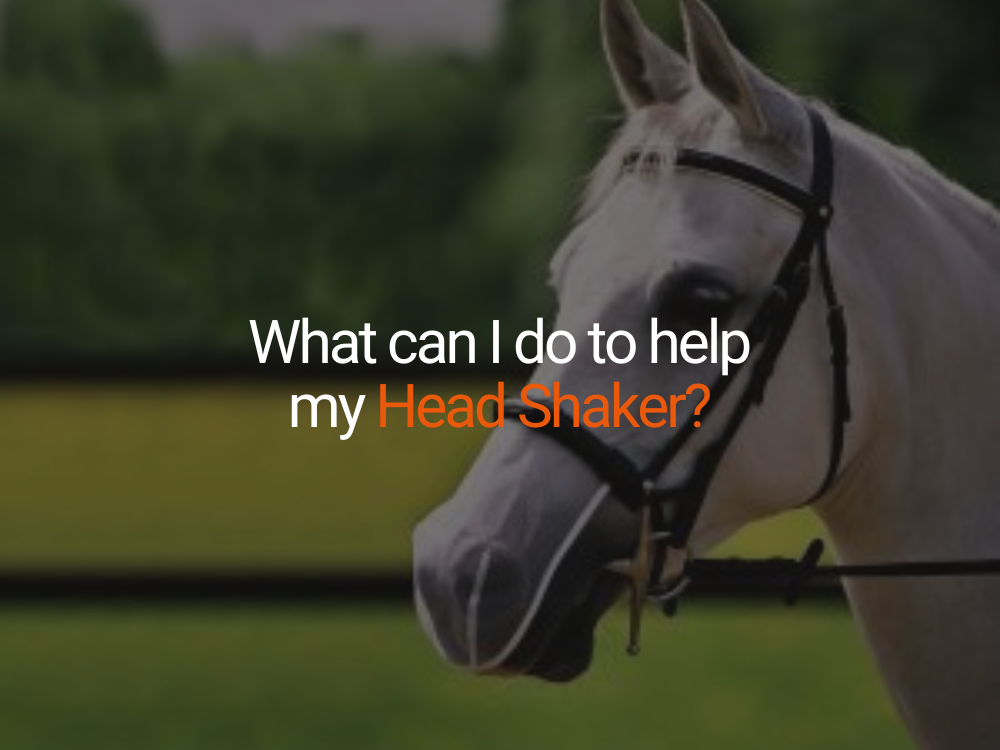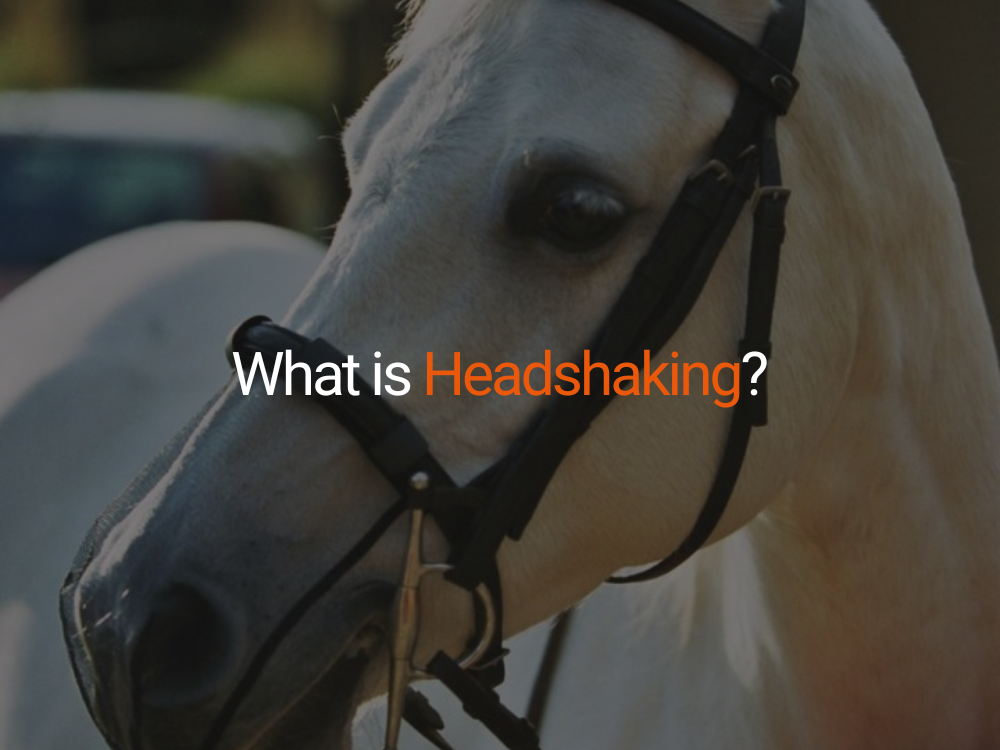Whatever your discipline, it is essential to take good care of your horse’s joints to prevent future problems occurring.
Most horse owners know that regular care of legs, feet and back can help prevent future problems and prolong their horse’s working life. However, many overlook proper joint care, something that could impact on all of these areas.
Daily activities and everyday life causes wear and tear and places stress on joints, so being aware of potential problems early is important. Ongoing joint care can help minimise the risk of problems or injury, aid fitness and improve all-round performance.
Joints explained
A horse’s joints are designed to absorb shock and bear the weight of the body, while helping them to move easily and without friction. There are three main types of joints:
– Cartilaginous – these joints have limited movement, such as spinal column and pelvis
– Fibrous – fixed joints, such as the skull
– Synovial – these are the moveable joints, such as the fetlocks, stifles, hocks and knees
As the most active joints in a horse’s body, synovial joints are also the most likely to incur injuries or problems. Each end of the bone is covered with a lubricated cartilage, which absorbs the forces placed on the joint as the horse moves, and it is when this lubrication is affected that friction can cause joints to wear as a result.
How are they affected?
Problems usually occur when joint damage happens faster than repair, and there are many ways in which a horse’s joints can be affected. Although care and consideration go some way to protecting from unnecessary deterioration, age and general movement will always cause wear and tear. Conformation is also key – the better a horse’s conformation, the more balanced they will be, so the less impact will be placed on the joints. Poor conformation can exacerbate joint problems, as it more stress is placed on compensating joints, causing more wear and tear. Fitness, diet, foot condition and type of work can also play a part in general joint condition. Work on hard or rough ground can affect the movable synovial joints in particular, as it creates extra shock and impact.
Things to look out for
Horse’s can suffer from many different types of joint injury or problem, and treatment can range from massage and hydro-therapy to intra-articular medication (the injection of a drug into the joint), depending on the seriousness. As part of the daily routine, it is important to keep an eye on joints – as you would the feet and back – and look out for any abnormalities. Signs can include lameness, heat or swelling and pain on movement or flexion. In these cases it is important to consult your vet who can advise on what the problems are, and the best course of treatment.
Prevention is better than cure
When it comes to joints, prevention is better than cure, so it is important to be aware of what causes them extra stress, and how this can be minimised. Warming up and cooling down after exercise is essential, as it helps keep joints supple and reduces the chance of damage or friction. Competitions do have an impact, so if you are competing, be aware of the ground condition – hard ground or rougher terrain than your horse is used to will place more stress on joints. Leaving time enough time for the horse to rest after strenuous exercise or competition will allow them to recover and reduce the chance of lasting problems. When schooling, gradually help your horse build up a resistance on different surfaces, this will help protect from injury, keep joints supple, and improve condition in the long run.
What’s on the market?
There are a wide range of supplements available, designed specifically to benefit a horse’s joints. These can be used to support existing conditions or problems, or just to help maintain and protect healthy joints, and are manufactured by an array of equine brands. Using protective boots is also very important, especially when competing. They give protection to legs and joints, by absorbing impact and concussion, and providing extra support.
Every horse is different
Although there is no way to prevent general wear and tear on your horse’s joints, there are effective ways to reduce it. Every horse is different, so it is important to look at cases individually, and help your horse build up joint resistance slowly. Conformation, age and workload all play a part in joint condition, and while these are factors that can’t be changed, others can. Proper care will ensure joints are kept in the best condition possible, increase stamina, and ultimately help prolong your horse’s working life.





















